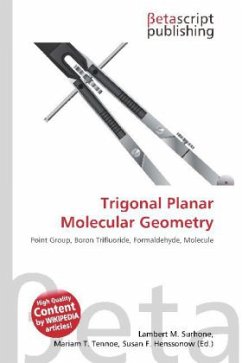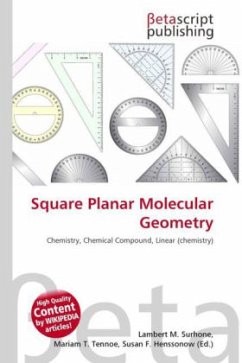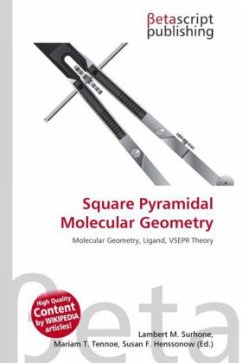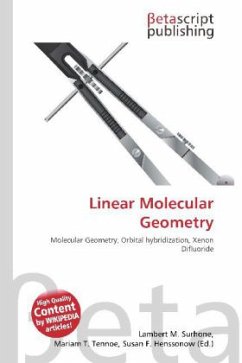Please note that the content of this book primarily consists of articles available from Wikipedia or other free sources online. In chemistry, trigonal planar is a molecular geometry model with one atom at the center and three atoms at the corners of a triangle, called peripheral atoms, all in one plane. In an ideal trigonal planar species, all three ligands are identical and all bond angles are 120°. Such species belong to the point group D3h. Molecules where the three ligands are not identical, such as H2CO, deviate from this idealized geometry. Examples of molecules with trigonal planar geometry include boron trifluoride (BF3), formaldehyde (H2CO), phosgene (COCl2), and sulfur trioxide (SO3). Some ions with trigonal planar geometry include nitrate (NO3 ), carbonate ion (CO32 ), and guanidinium C(NH2)3+. In organic chemistry, planar, three-connected carbon centers that are trigonal planar are often described as having sp2 hybridization.








